The Biological Mechanisms of Plant Adaptation to Extreme Cold
Introduction
Extreme cold is a significant environmental stressor that can pose severe challenges to plant survival. Plants that inhabit cold environments have evolved a variety of biological adaptations to cope with these conditions. This article will delve into the biological mechanisms that enable plants to withstand extreme cold, focusing on the cellular and molecular processes involved.

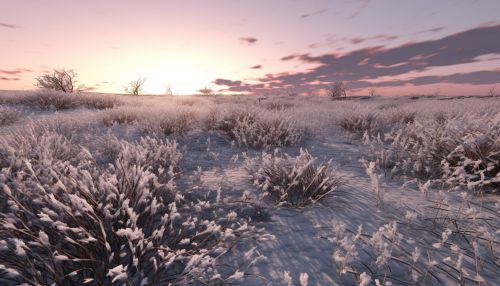
Cold Acclimation
Cold acclimation is a process by which plants increase their tolerance to freezing temperatures following exposure to low, non-freezing temperatures. This process involves a multitude of changes at the molecular, cellular, and physiological levels.
Biochemical Changes
During cold acclimation, plants undergo significant biochemical changes. These include the accumulation of cryoprotectants such as sugars, amino acids, and proteins that help stabilize cellular structures and prevent ice formation within cells. The synthesis of these compounds is regulated by gene expression changes triggered by low temperatures.
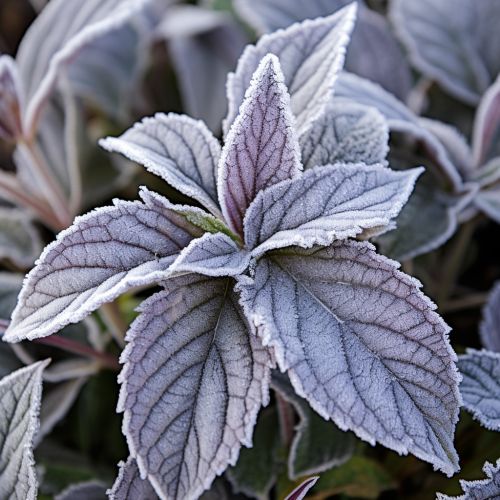
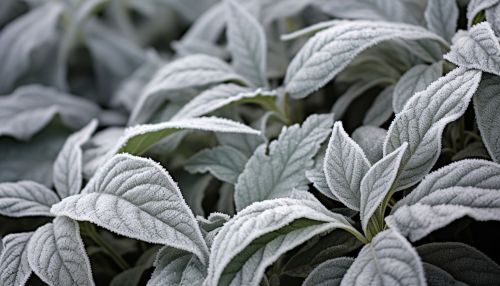
Cellular Changes
At the cellular level, cold acclimation involves changes in membrane lipid composition to maintain fluidity at low temperatures. Plants also increase the production of antioxidants to combat oxidative stress caused by cold temperatures. Additionally, the structure of the chloroplast, the site of photosynthesis, undergoes changes to optimize light absorption and energy conversion under low light conditions typical of cold environments.
Cold-Responsive Genes and Proteins
The ability of plants to adapt to cold conditions is largely governed by the activity of cold-responsive genes. These genes are activated by low temperatures and orchestrate the biochemical and cellular changes necessary for cold acclimation.
Cold-Responsive Genes
Cold-responsive genes encode proteins that function in various aspects of cold tolerance, including cryoprotectant synthesis, membrane lipid remodeling, and antioxidant production. These genes are regulated by a group of transcription factors known as CBF/DREB1 proteins, which are themselves activated by low temperatures.
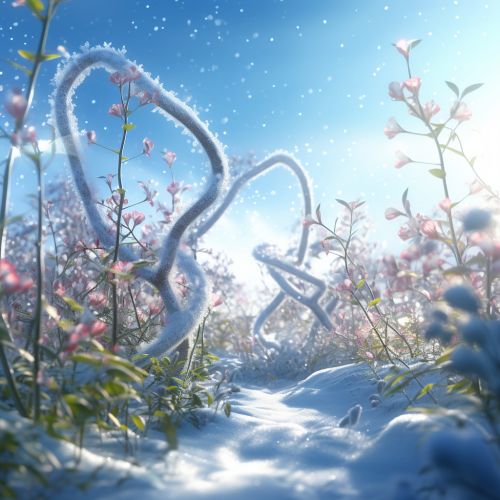
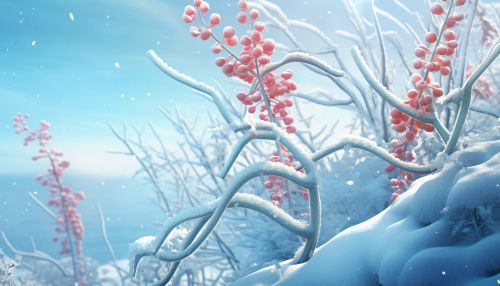
Cold-Shock Proteins
In addition to cold-responsive genes, plants also produce cold-shock proteins in response to sudden drops in temperature. These proteins help protect the plant by stabilizing cellular structures and preventing the formation of ice crystals within cells.
Physiological Adaptations
Beyond the cellular and molecular level, plants exhibit several physiological adaptations to extreme cold. These include changes in growth patterns and reproductive strategies to maximize survival in harsh conditions.
Growth Patterns
Many cold-tolerant plants exhibit a growth pattern known as prostrate growth, where the plant grows close to the ground to minimize exposure to cold winds and take advantage of the slightly warmer microclimate near the soil surface. Some plants also develop a dense, insulating layer of hairs or scales on their leaves and stems to reduce heat loss.
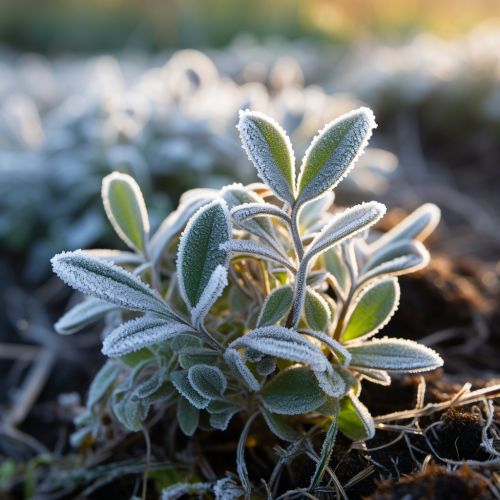
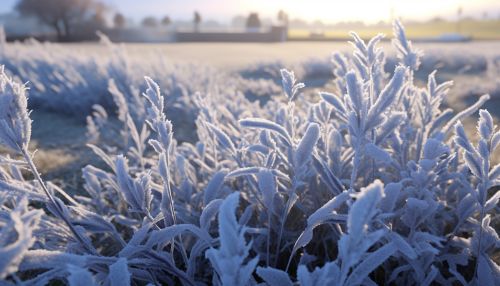
Reproductive Strategies
Cold-tolerant plants have also evolved reproductive strategies to cope with extreme cold. Many produce seeds that can remain dormant in the soil for several years until conditions are favorable for germination. Others have flowers that are self-pollinating, enabling them to reproduce even when pollinators are scarce due to cold conditions.
Conclusion
The ability of plants to adapt to extreme cold is a complex process that involves a multitude of biological mechanisms. These adaptations, which span the molecular, cellular, and physiological levels, are a testament to the remarkable resilience of plants in the face of environmental stressors.
